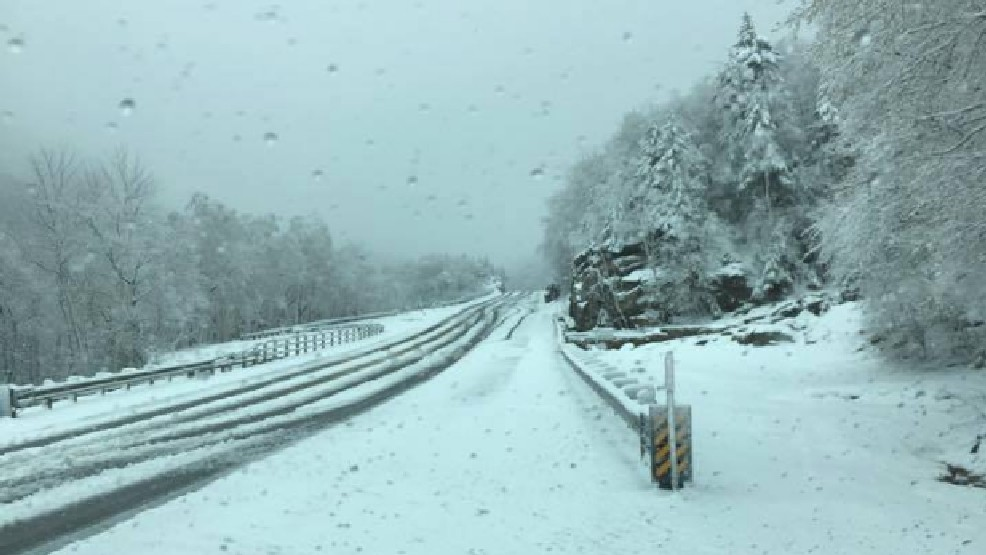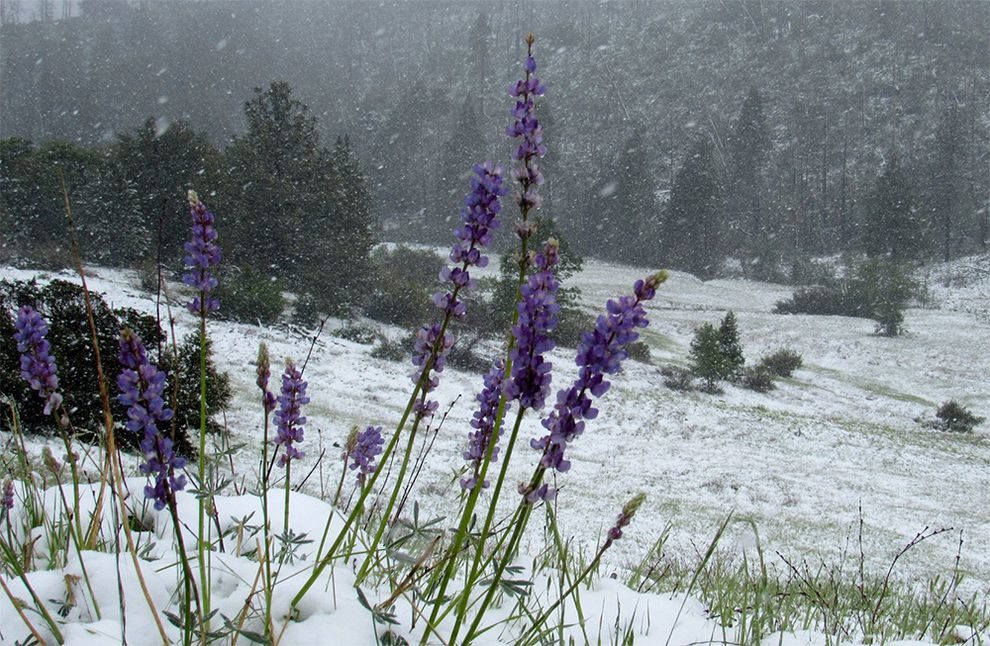OF THE
TIMES

National Public Radio's March 31 "Morning Edition" program carried a "news" story claiming that rising seas threaten a number of U.S. coastal military bases. The commentary was so laden with factual errors that listeners might have thought it was an early April fool's joke. Unfortunately, it was not."Data from CO2 measuring stations and from the Sewell's Point and all other tide gages may clearly refute these assertions, but NPR and its colleagues will not change their minds."
"The Sewell's Point tide gage shows that the rate of sea level rise has not changed since the gage was installed in 1927, and is unchanged from our use of fossil fuels. It's time to base our policies on sound science, instead of manmade global warming fiction and scare stories."

Comment: See also: Dragon-skin ice, has been discovered by scientists, forged by intense Antarctic gales